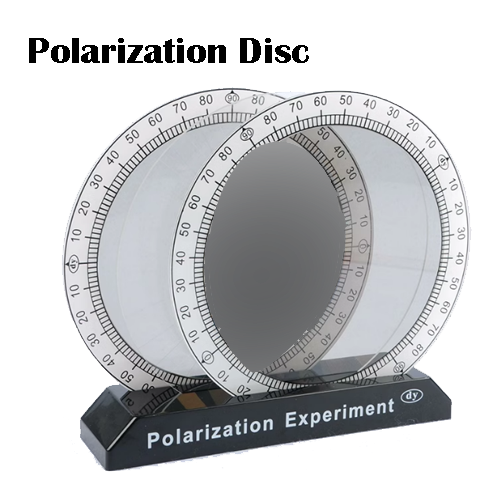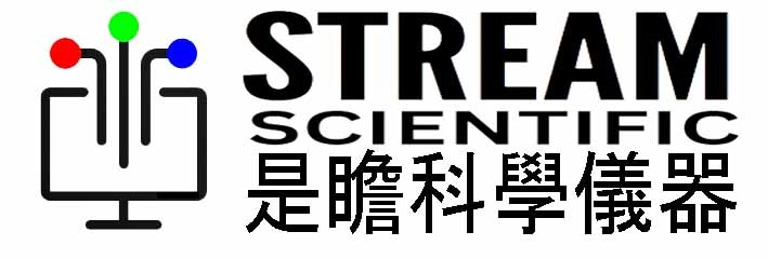
Polarization Disc
偏光實驗圓盤
HK$256.00
In a high school polarizer experiment, a graphite rod can be used as a polarizing filter. The experiment typically involves a light source, a polarizer, and an analyzer. The graphite rod acts as the polarizer, which selectively allows light waves vibrating in a specific direction to pass through while blocking others. By rotating the graphite rod, the orientation of the polarized light can be adjusted.
To conduct the experiment, the light source is placed behind the graphite rod, and the analyzer is positioned on the other side. As the polarized light passes through the graphite rod, it becomes polarized in a specific direction. The analyzer, which is typically a second polarizing filter, is then rotated to detect the intensity of light that passes through. By analyzing the changes in intensity as the analyzer is rotated in relation to the polarizer, students can observe and understand the principles of polarization and the transmission of polarized light.
在高中偏光鏡實驗中,可以使用石墨棒作為偏光濾光片。 此實驗通常涉及光源、偏振片和分析器。 石墨棒充當偏振器,選擇性地允許沿著特定方向振動的光波通過,同時阻擋其他光波。 透過旋轉石墨棒,可以調節偏振光的方向。
為了進行實驗,光源放置在石墨棒後面,分析儀放置在另一側。 當偏振光穿過石墨棒時,它會在特定方向上偏振。 然後,分析器(通常是第二個偏振濾光片)旋轉以檢測通過的光的強度。 透過分析檢偏器相對於偏振片旋轉時強度的變化,學生可以觀察並理解偏振原理和偏振光的傳輸。

